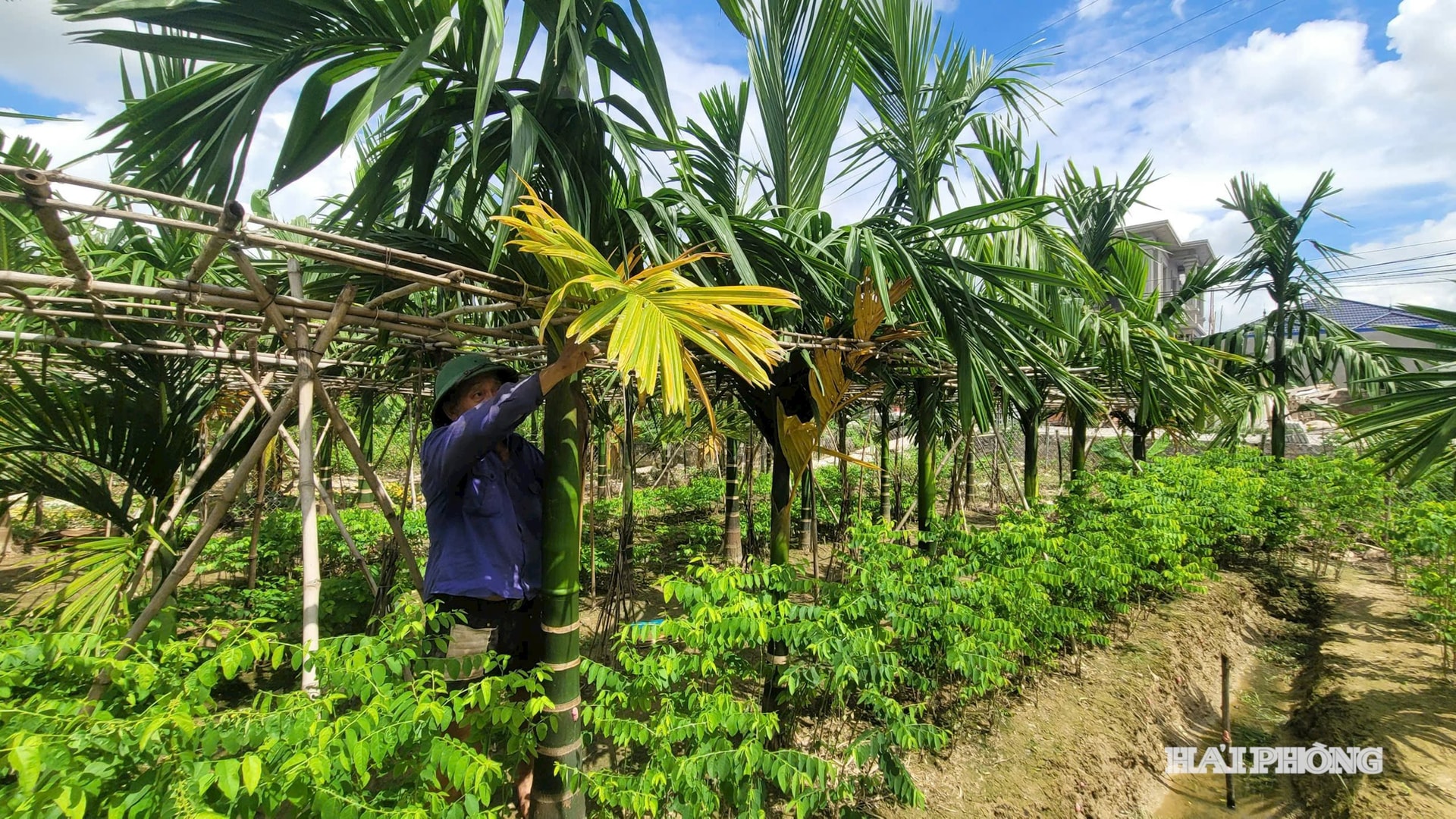
Cao Nhan commune in the past, now Le Ich Moc ward, Hai Phong city is known as the 'capital' of Lien Phong areca.
Get rich by growing areca nuts
For generations, the ancient Cao Nhan commune, now Le Ich Moc ward, Hai Phong city has been known as the “capital” of areca trees. People often proudly mention the typical Lien Phong areca variety, with large fruit, bright shell, fragrant and slightly astringent taste, very popular in the market.
Mrs. Hoang Thi Nga, nearly 80 years old, has spent more than half her life growing areca. Mrs. Nga said that in the past, almost every house grew areca. Small houses had a few dozen trees, large houses had thousands of trees. Areca trees grew in forests, covering houses and fields, creating a special landscape that many people often call this place the areca garden in the North.
"Cao Nhan areca trees were used mainly as dowry in weddings and engagements, so many people often called my hometown the village of happy trees," Ms. Nga proudly said.
Not only stopping at growing areca nuts, Cao Nhan people also soon formed the areca nut processing profession. In 2007, Cao Nhan commune (old) was recognized by Hai Phong City People's Committee as a craft village for growing and processing areca nuts.
From fresh areca nuts, people boil them, then dry them for export, mainly to China. People often jokingly say: "The Cao Nhan carries charcoal stoves all over Southeast Asia", because there are big traders who not only buy and process areca nuts locally but also buy areca nuts from the Central, Southern regions, even Thailand, Myanmar...
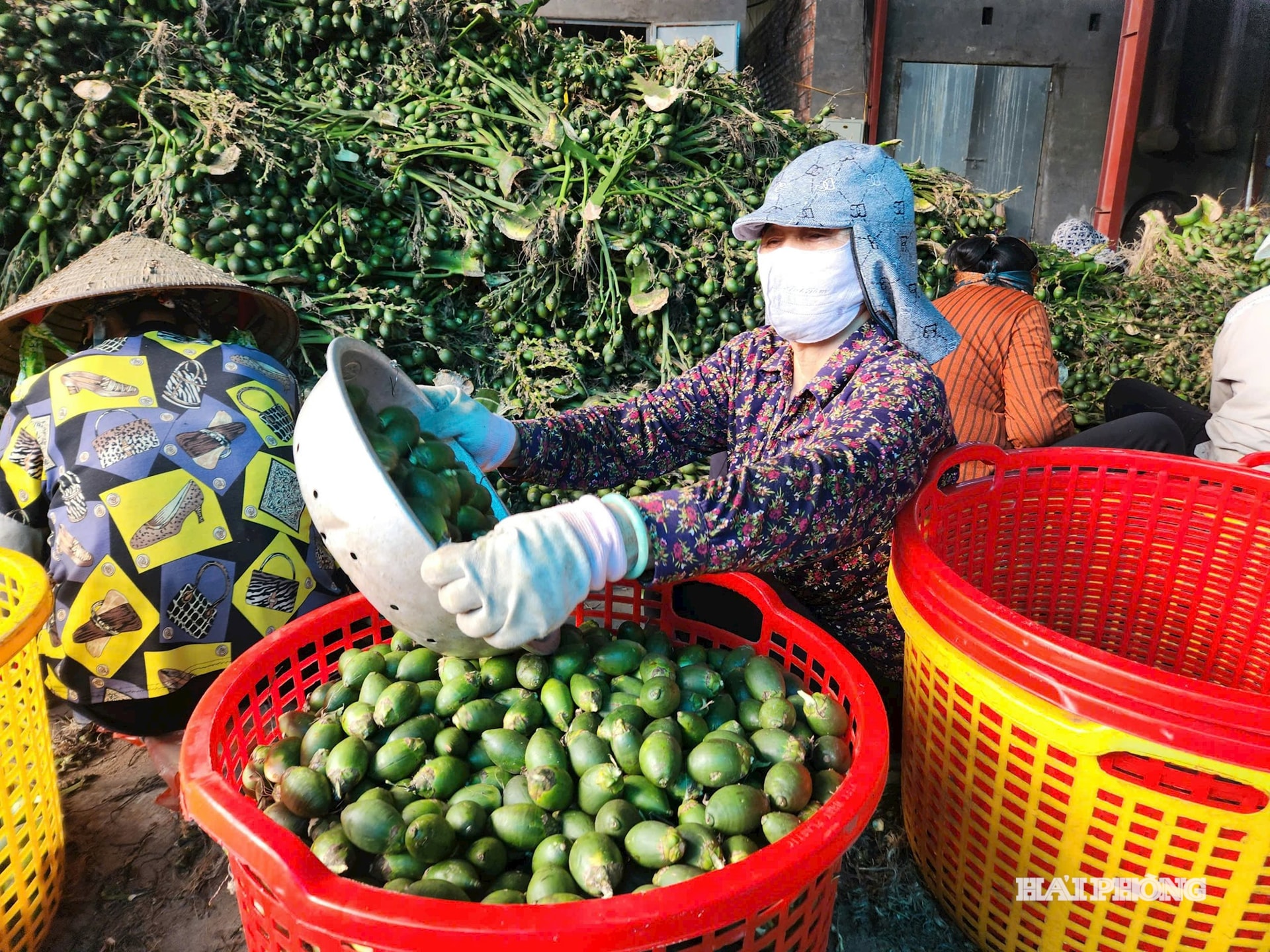
During its heyday, Cao Nhan commune had more than 30 areca drying kilns operating day and night. Each kiln had an average capacity of 3 - 9 tons of dried areca nuts per day. Mr. Nguyen Van Vinh, a resident of Nhan Ly areca village, now residential group 9, Le Ich Moc ward, said that at this time last year, the price of fresh areca nuts was high, sometimes even reaching more than 80,000 VND/kg. In the areca processing workshops, workers were busy breaking, picking and sorting areca nuts... The areca drying kilns were "on fire" all day and night. Many Chinese traders and businesses were on duty locally to promptly purchase dried areca nuts from the people.
Also from the areca tree, many families have become rich, built big and beautiful houses, bought cars, and sent their children to school. Areca processing factories create stable jobs for hundreds of local workers, especially during the areca season from the 8th lunar month of the previous year until the end of the Qingming Festival of the following year. The average income of each worker at that time is from 5 to 10 million VND/month.
There is still concern about market instability.
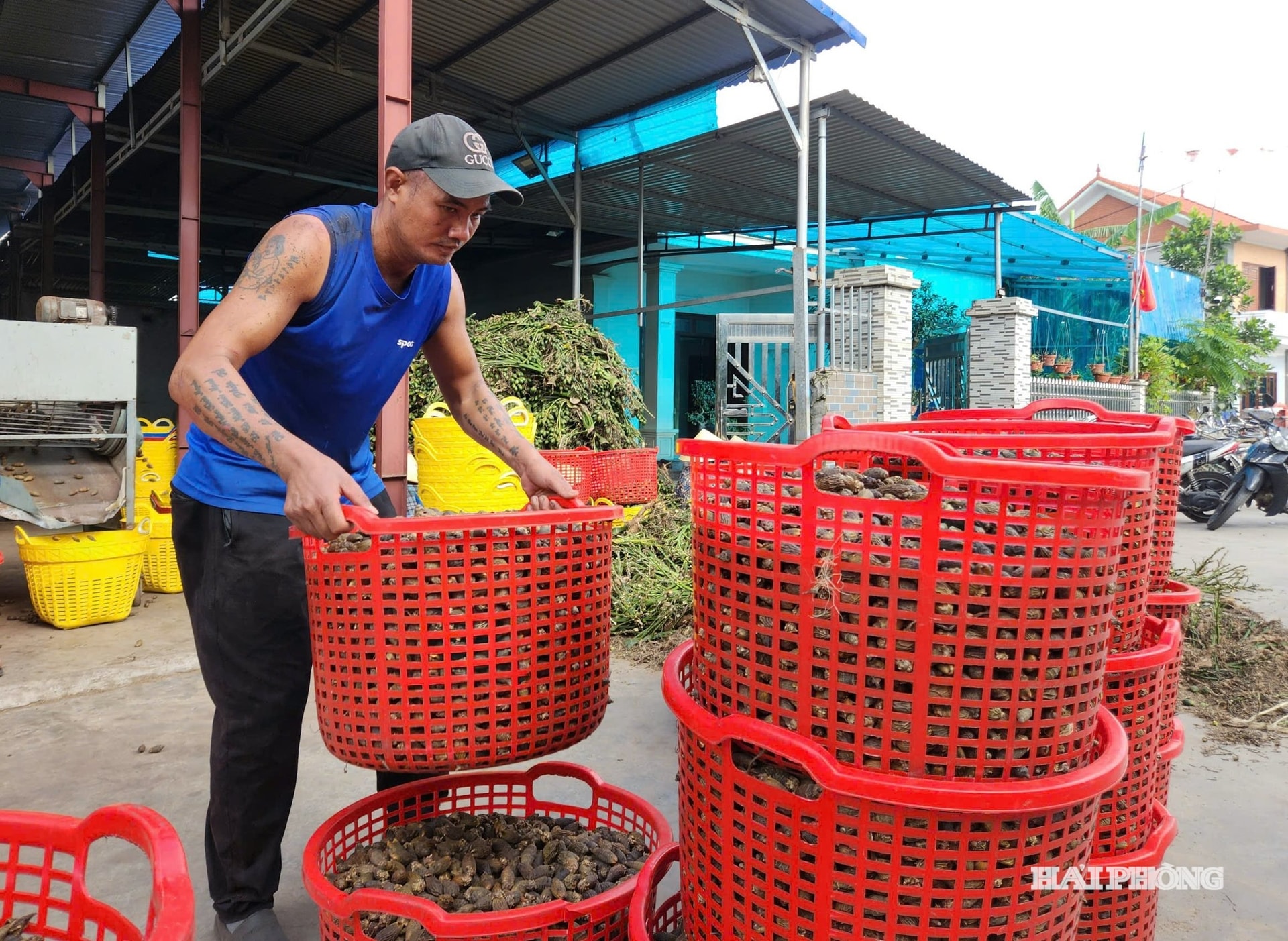
Although the areca nut growing and processing profession helps people here have food and savings, they are still burdened with worries because the areca nut's output is still uncertain and depends mainly on the Chinese market.
Mr. Pham Van Hung, owner of a large areca processing workshop in Le Ich Moc ward, is concerned about the Cao Nhan areca growing and processing profession, which depends heavily on the Chinese market. When partners stop buying, the whole craft village is in turmoil. Fresh areca can be sold domestically, but at a low price, not enough to cover costs. Dried areca is "covered" in cold storage, waiting to be sold to China. At present, Chinese traders have stopped buying areca, so the workshops are operating at a low level. Some workshops buy a moderate amount for processing because the price of fresh areca is cheap.
To escape this vicious circle, local people and authorities are looking forward to guidance and advice on long-term solutions. First of all, it is necessary to build a brand for areca nuts associated with geographical indications, expand the consumption market to Southeast Asian and South Asian countries. Research on deep processing and diversifying products from areca nuts, such as processing areca essential oil, pharmaceuticals from areca nuts, handicraft products from areca shells so as not to rely only on dried areca nuts for export.
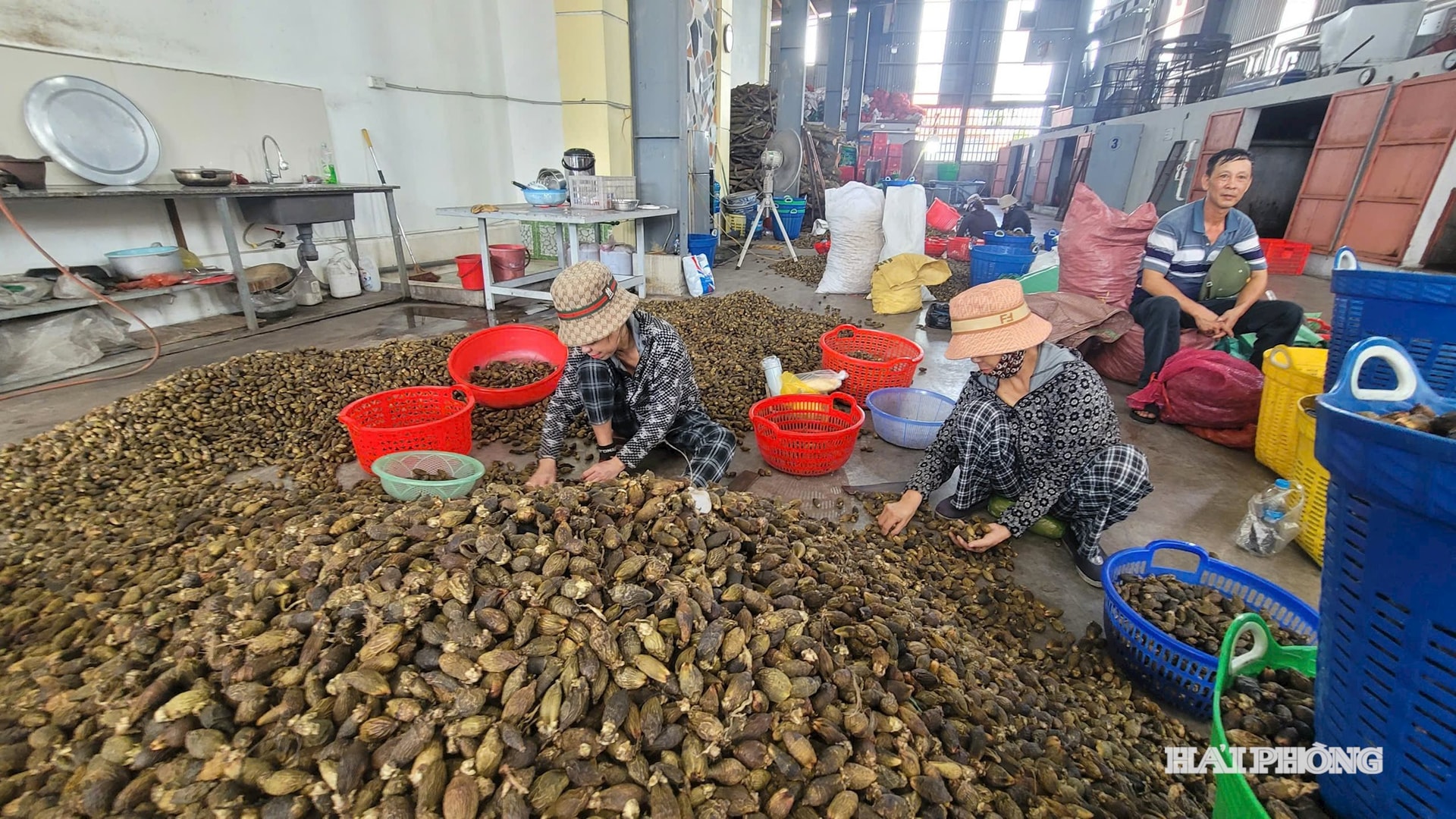
In addition, the areca growing village needs support from specialized agencies in forecasting the market, providing timely information so that growers and traders have a basis to adjust production plans. Encourage the formation of cooperatives and cooperative groups to link farmers, traders and businesses, avoiding the situation of each person doing their own thing. Support loans, industrial promotion and career development.
BAO ANHSource: https://baohaiphong.vn/ve-noi-xuat-khau-qua-hanh-phuc-522467.html


![[Photo] Students of Binh Minh Primary School enjoy the full moon festival, receiving the joys of childhood](https://vphoto.vietnam.vn/thumb/1200x675/vietnam/resource/IMAGE/2025/10/3/8cf8abef22fe4471be400a818912cb85)

![[Photo] Prime Minister Pham Minh Chinh chairs meeting to deploy overcoming consequences of storm No. 10](https://vphoto.vietnam.vn/thumb/1200x675/vietnam/resource/IMAGE/2025/10/3/544f420dcc844463898fcbef46247d16)



![[Infographic] What are the growth targets of Dong Nai province in the first 9 months of 2025?](https://vphoto.vietnam.vn/thumb/402x226/vietnam/resource/IMAGE/2025/10/3/45f9330556eb4c6a88b098a6624d7e5b)



















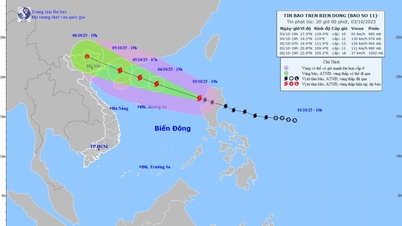





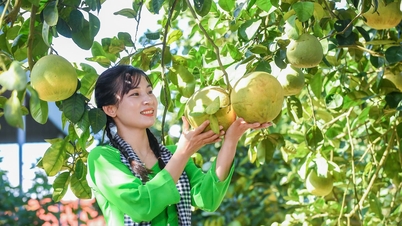






















































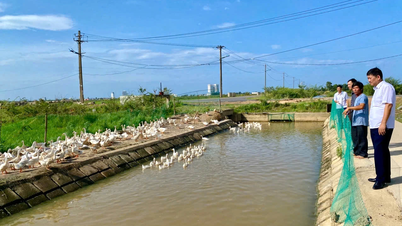
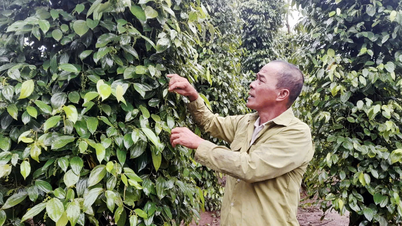


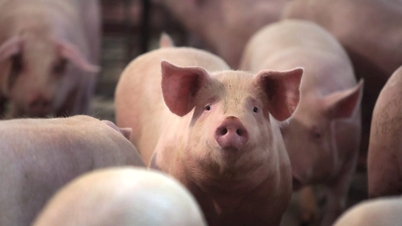













Comment (0)